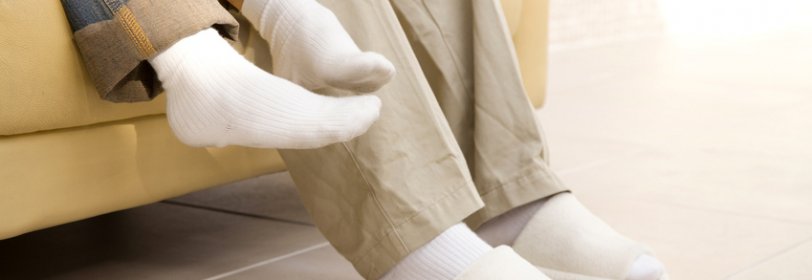Underfloor heating is increasingly one of the most desirable forms of central heating, previously shunned as expensive and not worth the upheaval. Yet combined with alternative heat sources such as ground and air source pumps, it is a natural successor because these sources work better with underfloor heating, compared to traditional radiators.
Furthermore, underfloor heating provides a more even heat rather than localised warmth from radiators. It also frees up wall space for furniture or decoration. There is choice, between a wet system, which uses hot water flowing through pipes in the floor, or a dry system, which uses an electric element.
It costs more to install underfloor heating than a conventional radiator system but, as it's more efficient, running costs can be reduced, dramatically when used with ground and air source pumps. Wet systems can be integrated with the hot water supply, as well as used with cold water to cool a room more efficiently than air conditioning. Wet systems are the most expensive to install, while dry systems are the most expensive to run. Floors may need to be removed and replaced to install a wet system, whereas a dry version can be laid under a floor covering. In new homes, they are a real benefit when designed and installed in a well insulated building.
The most obvious place to utilise the system is in bathrooms and kitchens where traditional tile floors can be cold to walk on, but it can be installed in any room. Thick carpets act against the very pipes that are trying to heat it, so should be no more than 12mm. Floorboards should be checked to make sure heat will not distort the planks or crack the varnish.
Pipes are guaranteed for up to 50 years in some cases, so repairs should be concentrated on the wall fittings and shouldn't mean the floor has to come up if there's a problem.

If you want to learn more, please get in touch through the contact us page.
